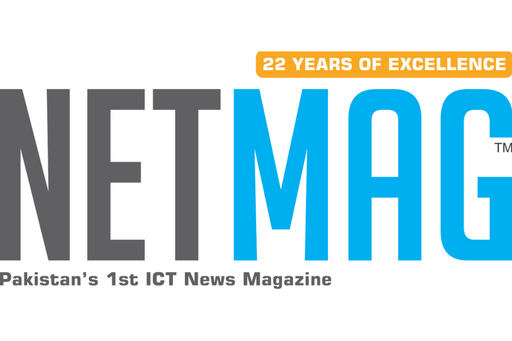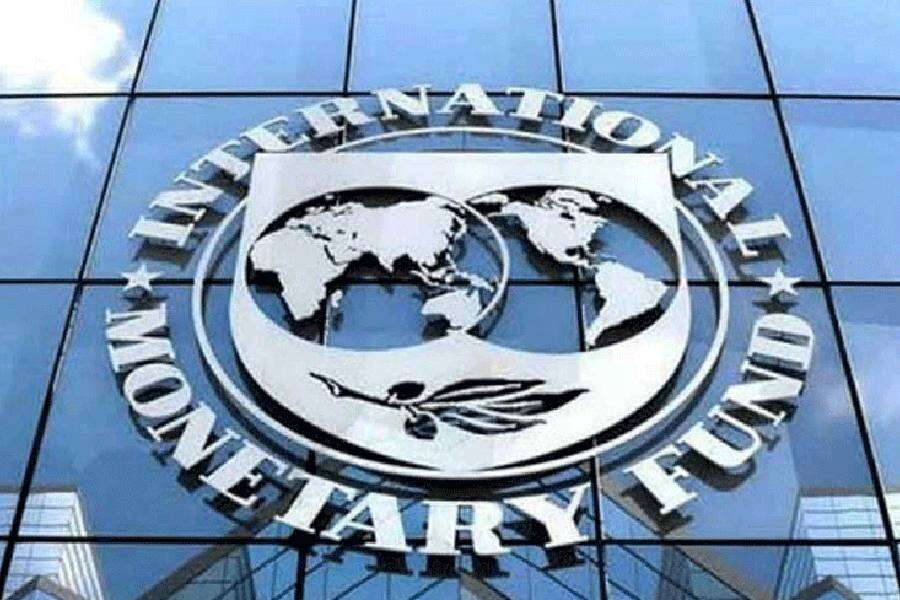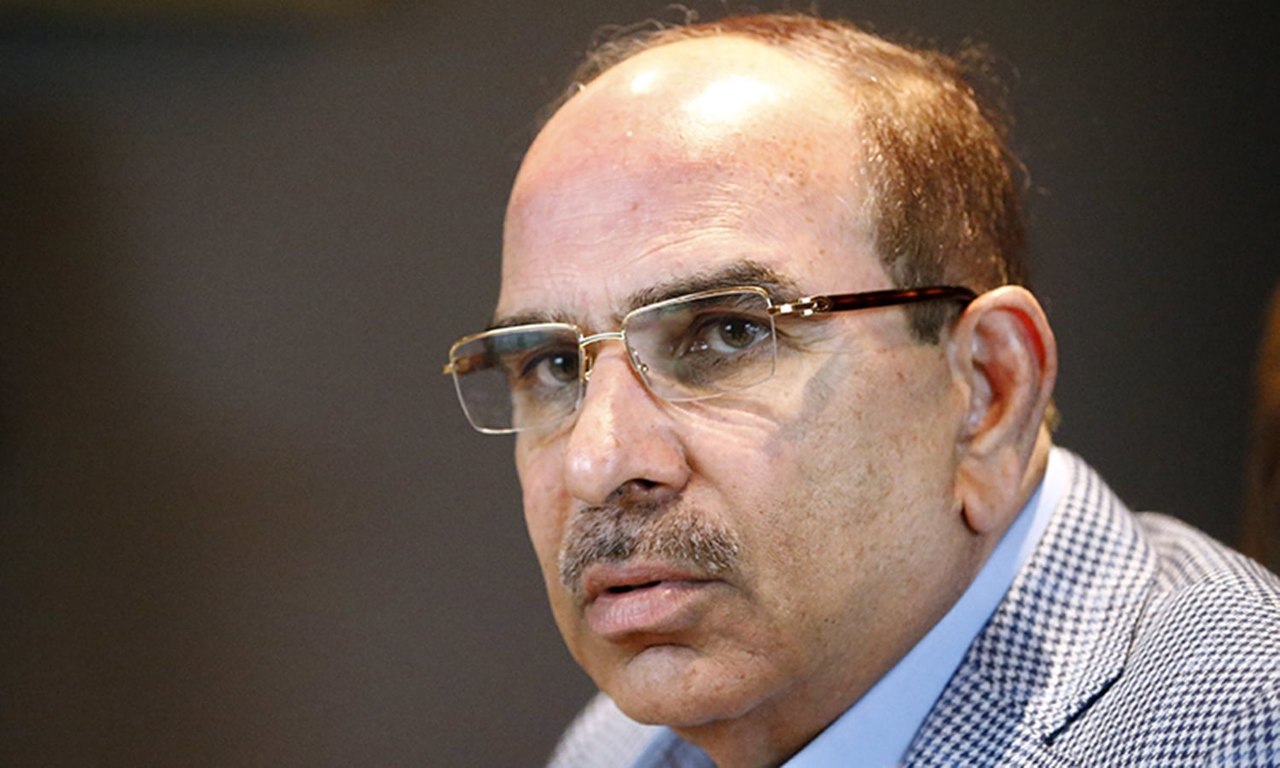In the whispers of global finance, the International Monetary Fund (IMF) spoke somberly of Pakistan’s economic horizon. Their recent communiqué, released like a lament after the final review of Pakistan’s $3 billion loan program, painted a portrait of precariousness.
The IMF’s staff report, a document of wary observation, revealed that the shadows of risk loomed large over Pakistan’s economic landscape. Amidst the murmurs of political uncertainty, there was a fragile hope tethered to the intentions of the new government, sworn to uphold the policies of the standby arrangement (SBA).
READ MORE: A Symphony of Relief: Anticipated Decline in Petrol and Diesel Prices Next Week
Yet, the IMF cautioned against the backdrop of social unrest, a testament to the intricate tapestry of politics and the burdensome cost of daily life. They feared that such turbulence might cast a pall over policy implementation and reform. A misstep in governance, coupled with dwindling external support, threatened to erode the delicate path towards debt sustainability, casting shadows on the exchange rate.
Furthermore, the IMF’s missive foretold of impending challenges. Delayed disbursements of external financing would burden banks, compelling them to shoulder the weight of government expenditures, amplifying the silent cry of the private sector’s suffocation. Geopolitical ripples, driving up commodity prices or disrupting trade routes, posed additional threats to external stability in the eyes of the IMF.
In the midst of these dire proclamations, a silver lining appeared on the horizon. An IMF mission, led by the figure of Nathan Porter, was poised to embark on a pilgrimage to Pakistan. Their imminent arrival, heralded as a beacon of hope, promised discussions that would unfold over ten days. Amidst these gatherings, data would be harvested from the many arms of administration, negotiations would be conducted with the Finance Division, and the contours of the fiscal future for 2024-25 would take shape.
Already, whispers of the IMF’s counsel lingered in the air—a chorus of suggestions to revitalize revenue streams. Calls to sunset tax exemptions, to levy duties on imported tractors, and to tighten the grip on commercial importers with withholding taxes echoed with melancholic resonance. Though these measures might enrich the treasury, there lingered a spectral doubt of their toll on the fields, where the sweat of agriculture bore the weight of fiscal policies.
Thus, in the grand narrative of nations and economies, Pakistan awaited the embrace of the IMF’s scrutiny, hopeful for salvation yet wary of the strings attached to such benevolence.




